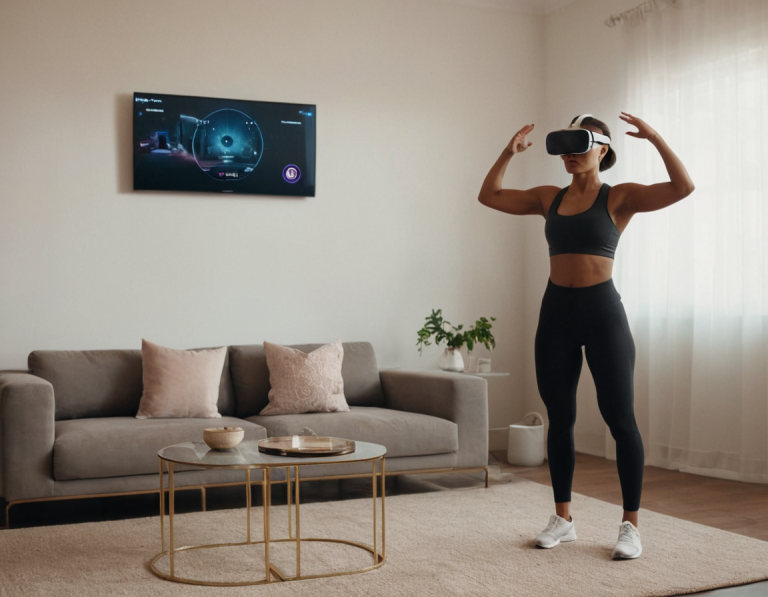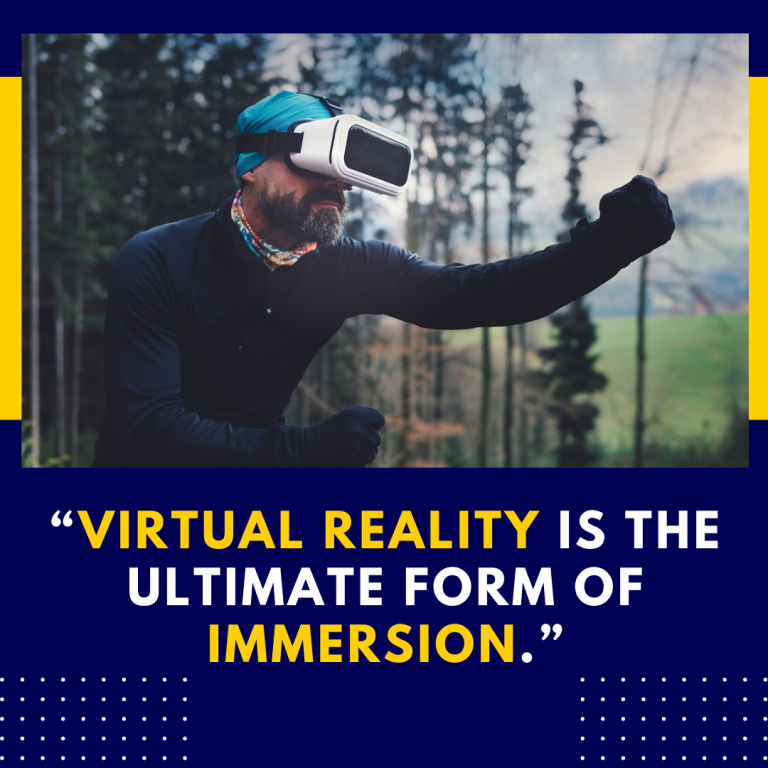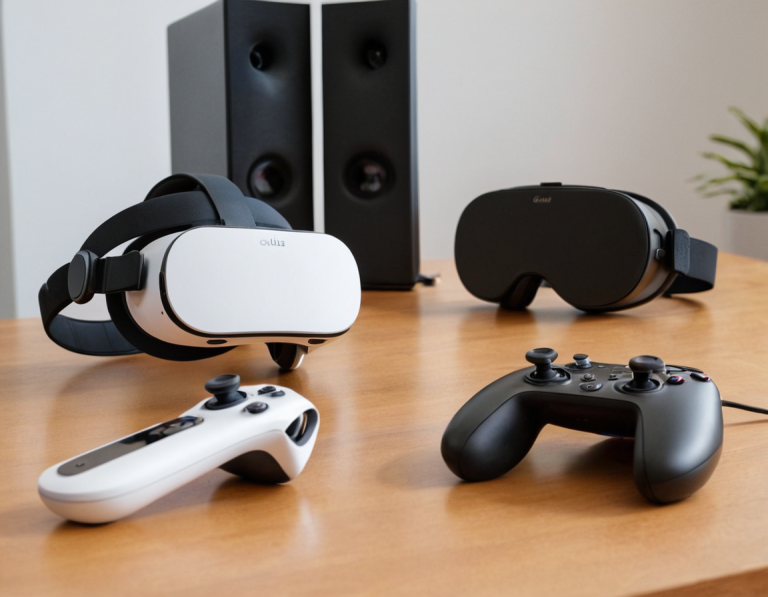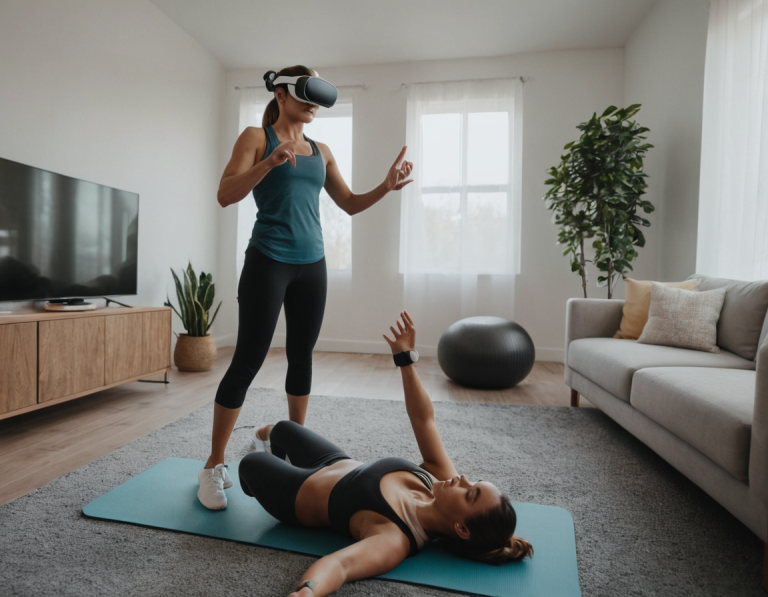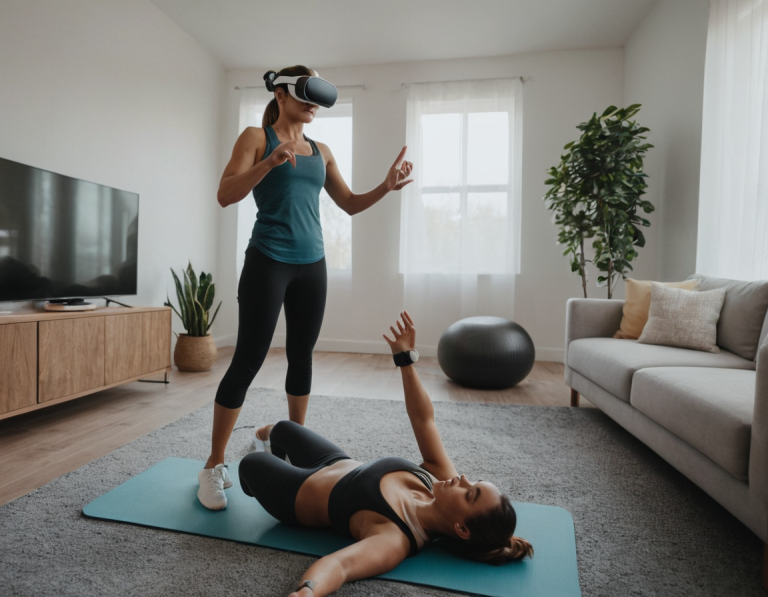How Does Beat Saber Use Haptic Feedback?
Beat Saber, the popular rhythm-based virtual reality (VR) game by Beat Games, has captured the attention of gamers worldwide with its immersive and dynamic gameplay. At the heart of its engaging experience lies the innovative use of haptic feedback, which enhances the sense of immersion and makes the gameplay more tactile and responsive. In this blog post, we’ll explore how Beat Saber utilizes haptic feedback to enrich the player experience, the technology behind it, and how you can optimize your setup to fully enjoy this feature.
1. Understanding Haptic Feedback
Haptic feedback refers to the use of tactile sensations to simulate physical interactions. In VR gaming, haptic feedback provides players with a sense of touch through vibrations or motions in the controllers, enhancing the realism and immersion of the experience. For Beat Saber, this means that every block you slice, every rhythm you follow, and every movement you make can be felt through your VR controllers.
Types of Haptic Feedback
- Vibration: The most common form of haptic feedback, where vibrations of varying intensity and frequency simulate the sensation of interacting with virtual objects.
- Force Feedback: More advanced haptic systems provide resistance or varying force levels, adding a deeper level of tactile interaction.
- Spatial Feedback: Some systems use spatial haptic feedback to simulate sensations coming from different directions or distances.
2. Haptic Feedback in Beat Saber
In Beat Saber, haptic feedback plays a crucial role in creating an immersive and engaging experience. Here’s how Beat Saber utilizes haptic feedback to enhance gameplay:
1. Block Interaction
When players slice through blocks, the haptic feedback provides a physical sensation that mimics the impact of the saber against the block. This sensation can vary in intensity based on the force of the slice and the block’s characteristics:
- Impact Vibration: A short, sharp vibration occurs when the saber makes contact with a block, simulating the feeling of cutting through the object.
- Precision Feedback: The intensity of the vibration can also be affected by the accuracy of the slice. A perfectly timed slice may provide a more pronounced feedback, reinforcing the sense of precision.
Tip: Experiment with different slicing techniques and pay attention to the variations in feedback to improve your slicing accuracy and responsiveness.
**2. *Rhythm and Music Synchronization*
Beat Saber’s core gameplay revolves around rhythm and music, and haptic feedback enhances this connection:
- Beat Pulses: The controllers provide rhythmic vibrations that correspond with the beats of the music. These pulses help players stay in sync with the music and maintain their rhythm.
- Music Intensity: During more intense or faster-paced sections of a song, the feedback may become more pronounced, reflecting the increased tempo and energy of the music.
Tip: Use the haptic feedback to help you stay on beat and improve your rhythm. The vibrations can act as an additional guide to keep you in sync with the music.
**3. *Difficulty and Challenge Adaptation*
The level of haptic feedback can be adjusted based on the difficulty of the song and the player’s skill level:
- Difficulty Scaling: As players progress to higher difficulty levels, the feedback intensity may increase to match the complexity of the block patterns and the speed of the song.
- Challenge Feedback: For challenging sections, the feedback may become more frequent or intense, providing a tactile cue for the increased difficulty.
Tip: Pay attention to changes in feedback intensity as you progress through different difficulty levels. This can help you adapt your gameplay and prepare for more challenging segments.
3. The Technology Behind Haptic Feedback
VR Controllers and Haptic Technology
The quality and effectiveness of haptic feedback in Beat Saber largely depend on the VR controllers used:
- Oculus Touch Controllers: These controllers offer precise haptic feedback through small motors that create vibrations. The intensity and frequency of these vibrations can be adjusted based on gameplay interactions.
- Valve Index Controllers: Known for their advanced haptic feedback capabilities, these controllers provide a more nuanced and immersive tactile experience, including force feedback and precise vibrations.
Tip: Ensure your VR controllers are properly calibrated and up-to-date with the latest firmware to experience optimal haptic feedback.
Development and Customization
Beat Games has carefully designed the haptic feedback system to enhance gameplay. Developers use various tools and techniques to fine-tune the feedback, ensuring it aligns with the game’s rhythm and block interactions:
- Feedback Mapping: Game developers map specific haptic feedback patterns to different in-game actions, such as slicing blocks or hitting certain beats.
- Player Customization: Some VR platforms and mods allow players to customize haptic feedback settings, adjusting the intensity and patterns to suit their preferences.
Tip: Explore the customization options available on your VR platform to tailor the haptic feedback experience to your liking.
4. Optimizing Your Haptic Feedback Experience
Hardware Considerations
- Controller Maintenance: Regularly clean and maintain your VR controllers to ensure optimal haptic feedback performance.
- VR Setup: Ensure your VR play area is properly set up to avoid any interference with the feedback mechanisms.
Software and Settings
- Firmware Updates: Keep your VR system and controllers updated with the latest firmware to benefit from improvements in haptic feedback.
- Customization Options: Explore any available settings for adjusting haptic feedback intensity and patterns to enhance your gameplay experience.
Tip: Refer to the user manuals and online resources for your specific VR system to learn more about optimizing haptic feedback settings.
5. Resources for Further Exploration
- Beat Saber Official Website: Stay updated on game updates, features, and settings related to haptic feedback.
- Oculus Support: Find information on maintaining and calibrating Oculus Touch controllers for optimal haptic feedback.
- Valve Index Support: Access resources for optimizing haptic feedback with Valve Index controllers.
- VR Forums and Communities: Join discussions and seek advice from other players on enhancing the haptic feedback experience.
Conclusion
Haptic feedback is a vital component of Beat Saber’s immersive experience, enhancing the sense of interaction and rhythm through tactile sensations. By understanding how Beat Saber utilizes haptic feedback and optimizing your VR setup, you can fully appreciate the depth and responsiveness of the gameplay. Whether you’re slicing through blocks or staying in sync with the music, haptic feedback plays a crucial role in making the Beat Saber experience both engaging and immersive. So, gear up, tune into the rhythm, and let the haptic feedback guide you through an exhilarating VR adventure!


